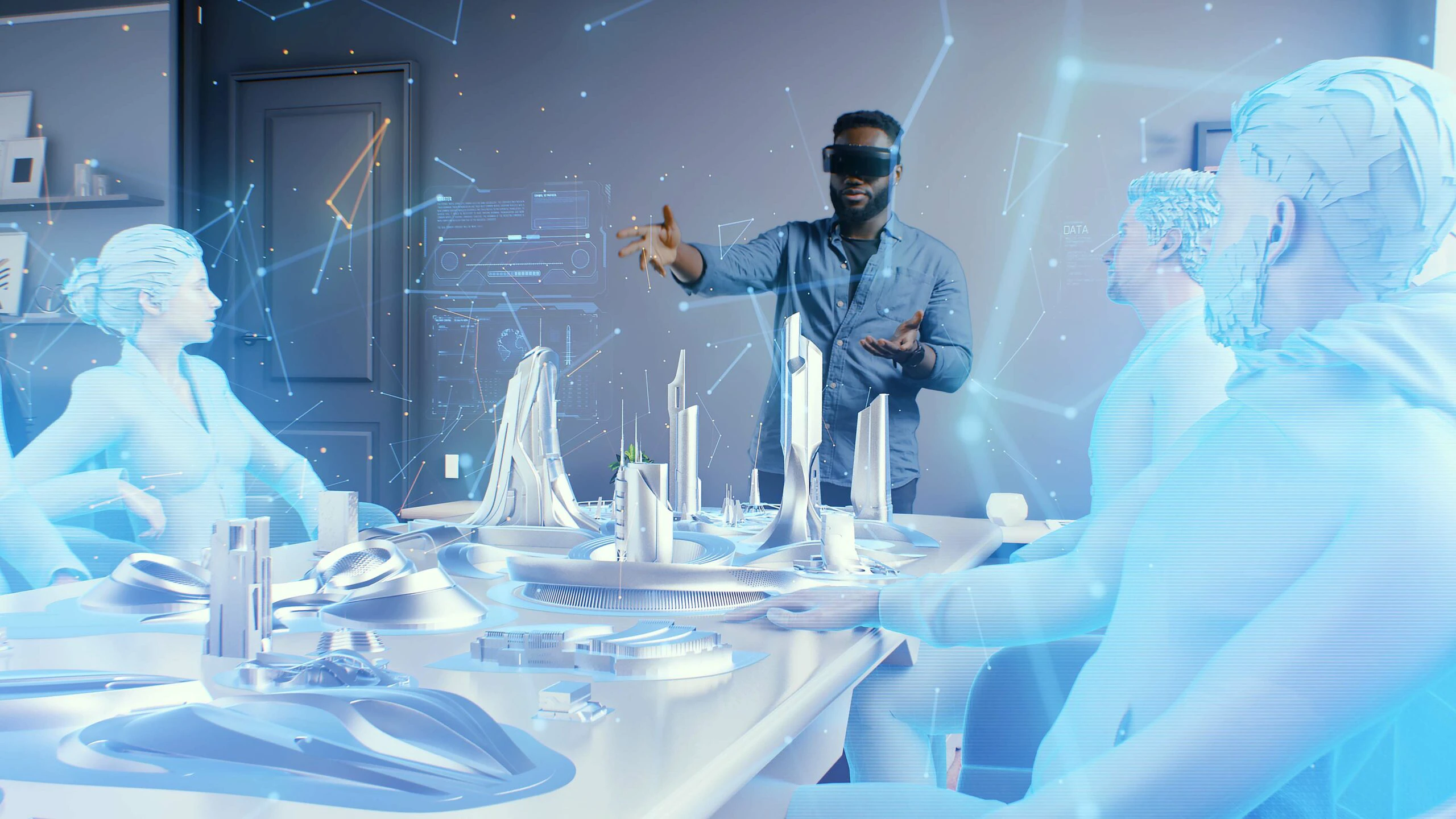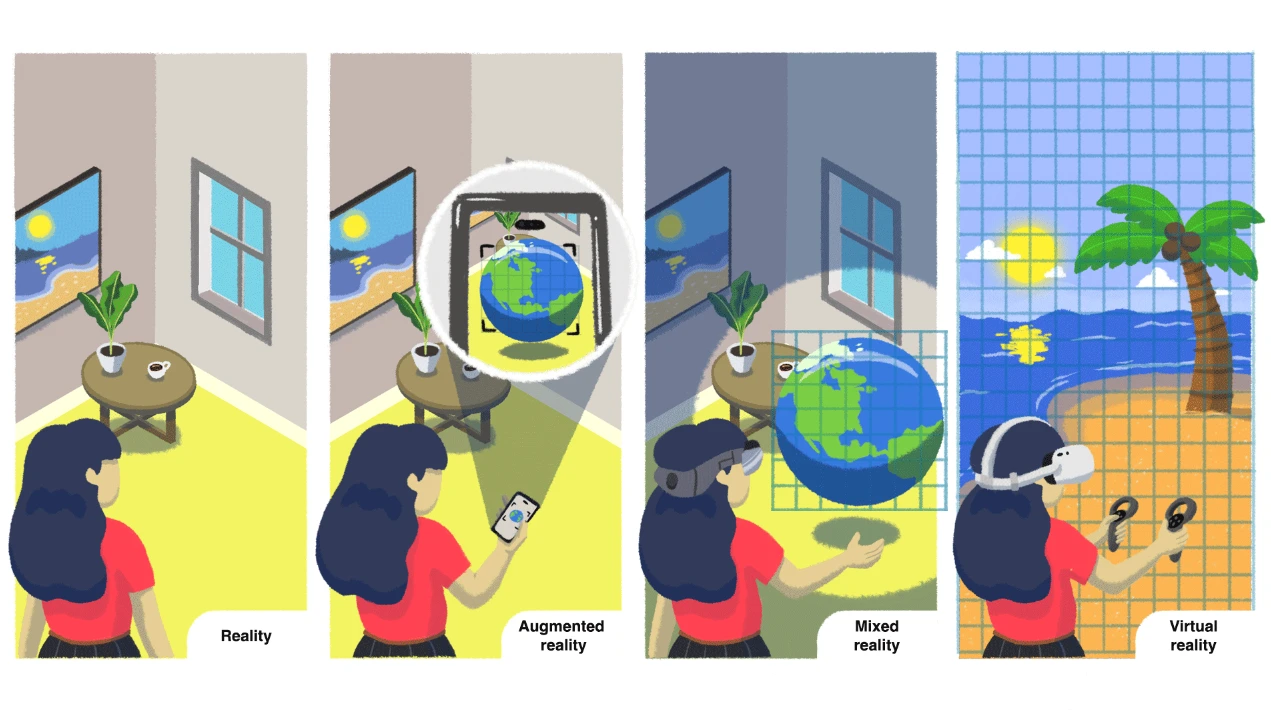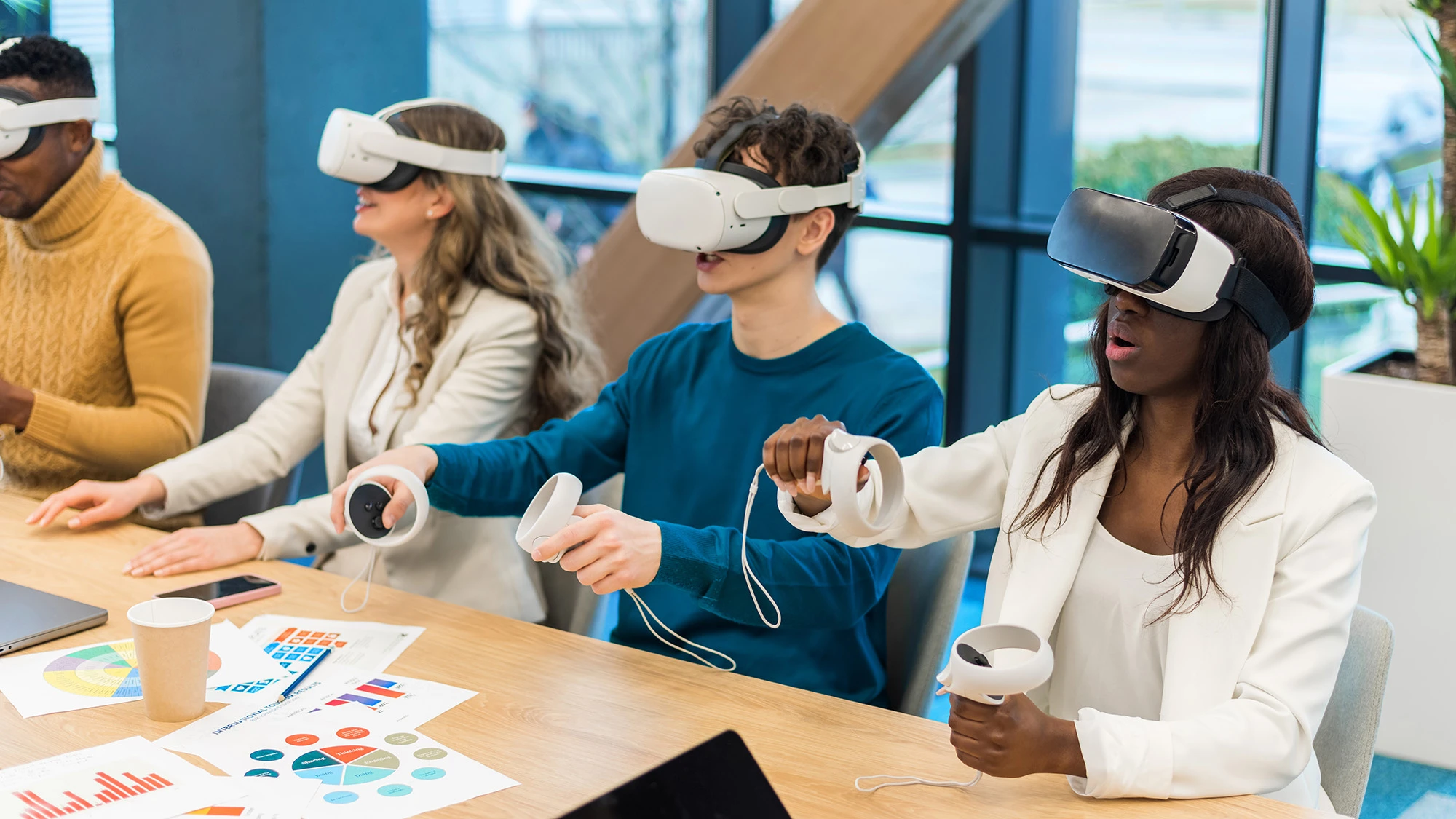
TLN Win Silver Designations!
We are excited to share that TLN earned Silver in the Mobile Apps: Education category for the Seneca Production Equipment AR project. This award recognizes our innovative use of augmented reality to deliver hands-on, mobile learning experiences that enhance skills development and engagement.
Augmented Reality
Augmented Reality, is a technology that blends computer-generated elements with the real world. Unlike VR, which immerses users in a completely virtual environment, AR overlays digital information, objects, or experiences onto the real world. AR for immersive training refers to the use of augmented reality technology to provide training and educational experiences that are highly engaging, interactive, and contextually relevant to the real-world environment.
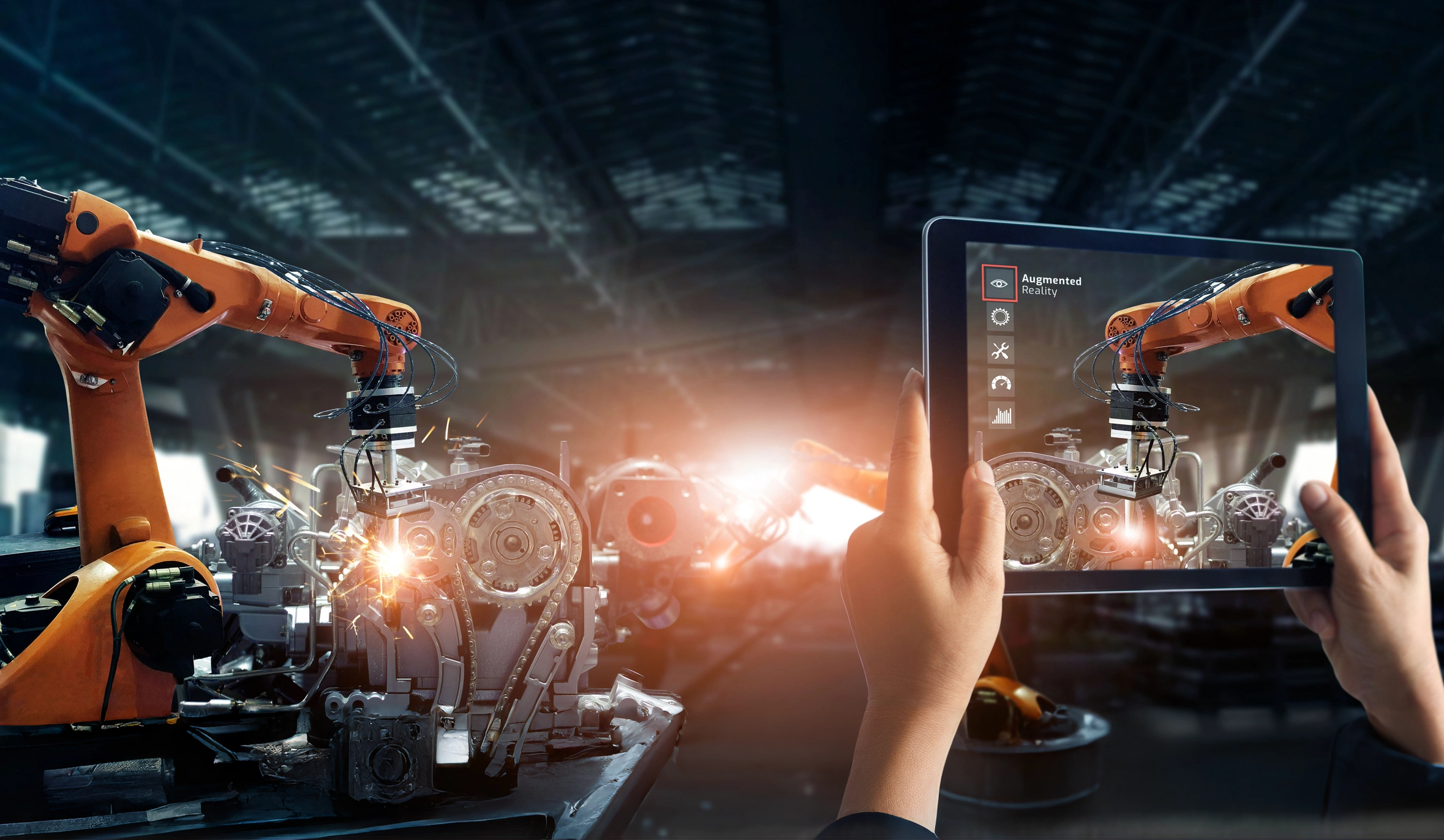
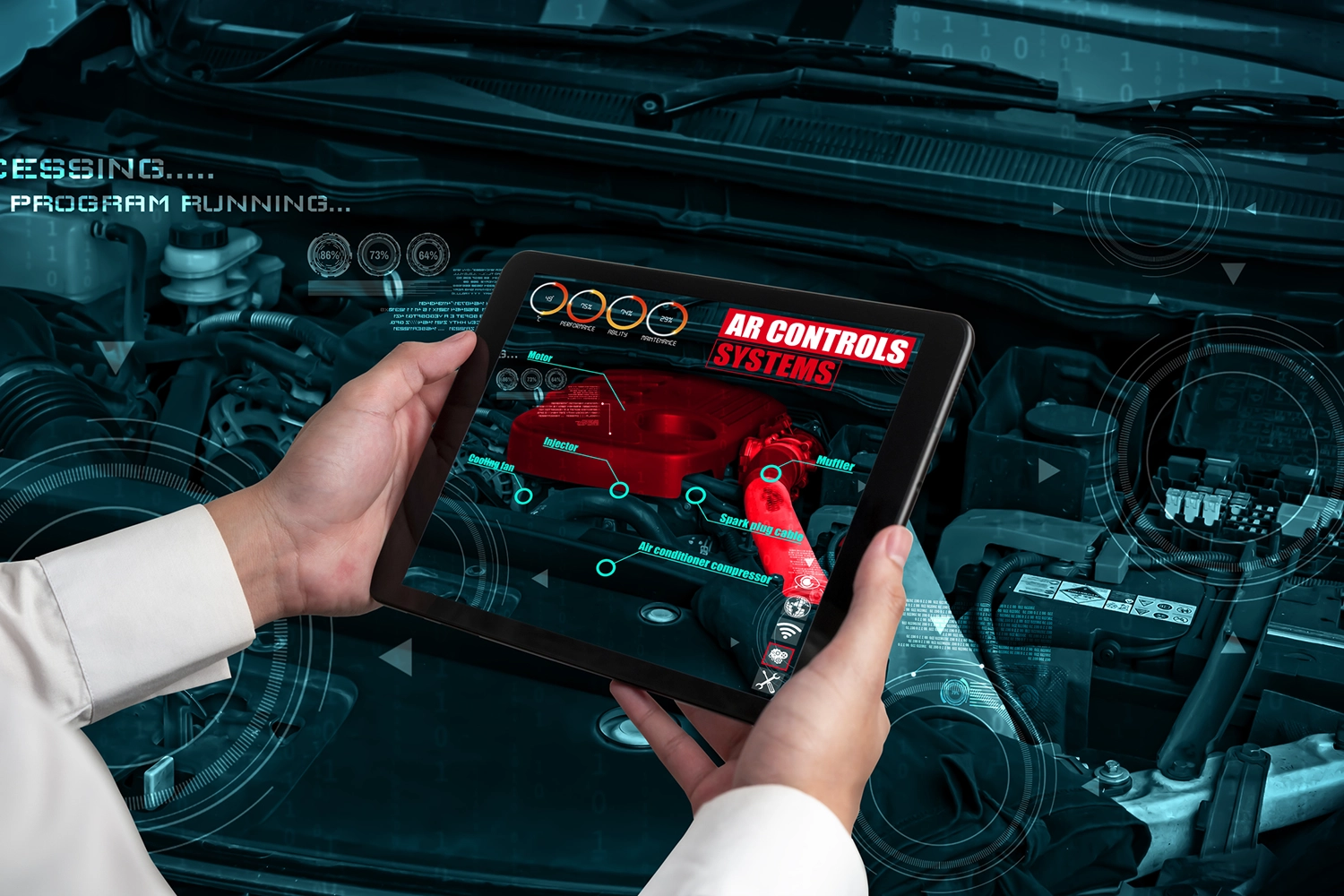
Why Use Augmented Reality in Training?
AR training platforms are increasingly being adopted by a growing range of businesses across various sectors. It’s ideal for:
- Increased knowledge retention
- Learning can take place anywhere regardless of access to equipment
- Scalable
- More engaging and memorable
Examples

Instructors at the SAIT Polytechnic Millwright Training team identified a gap in student learning for being able to understand and visualize shaft alignment between machines. These machines are not only great in size but have an external metal chassis that does not allow learners to see when the internal shafts are properly aligned or misaligned. It was also difficult to fully understand the consequences of misalignment.
An AR application was created where a smaller, to-scale model of the machines could be projected onto a flat surface with a smartphone. Learners could then launch models that are both aligned and misaligned and see a slowed-down animation of how the alignment affects the machines and their efficiency as well as the potential damage that misalignment can create over time.

A member of Seneca Polytechnic’s Broadcast – Television program faculty identified a need to share video tutorials and learning segments with students in a way that would be easily connected to functions on specific pieces of audio mixing equipment. While students did have access to these pieces of equipment in classroom settings, they often did not have this equipment outside of the audio mixing labs.
An AR application was created that would project a virtual model of either a Yamaha TF1 digital audio mixer console or a Zoom F8 recorder. Each model was designed with “hot spots” (highlighted in red) that would launch video tutorials about their function when interacted with. Once a video tutorial was watched, the highlighted area changed to green. Students would then complete an assessment of multiple-choice questions once they have watched all the tutorials for each equipment.
Our Process
PROJECT DESIGN
During this phase, TLN will create a detailed design document that includes script writing and detailed actions of the application.
UI DESIGN AND PROOF OF CONCEPT
UI/UX design is a visual representation that outlines the layout and structure of the XR application. Once this is approved, a Proof of Concept is put together for your review.
3D DEVELOPMENT
Running concurrently with the UX/UI Design phase, 3D models are created.
XR DEVELOPMENT
After the Proof of Concept approval, our XR Developer puts everything together and creates a working application.
DEPLOYMENT
Once the application passes testing and receives client approval, it is ready for launch.
SUPPORT HANDOVER & PROJECT CLOSE
At this stage we will introduce you to our Client Success Team that will meet with you for ongoing support.
Learn More About Augmented Reality Opportunities
The Science Behind Peak Performance: How Brain-Based Learning Transforms Corporate Training
5 Steps To Create An XR Workflow That Incorporates Generative AI 3D Models
What Is Extended Reality (XR) for Business Enterprises?
How Can Enterprises Use Extended Reality (XR) Technology – And Why Should They?
Is XR Really That Complex To Deploy?
How VR Immersion Can Enhance Affective Domain Learning And Improve XR Education For Employees In Your Workplace
Enhance Learning with TLN’s Performance LMS
Unleashing Potential: The Performance Learning Platform Transforming Business Training
No post found




